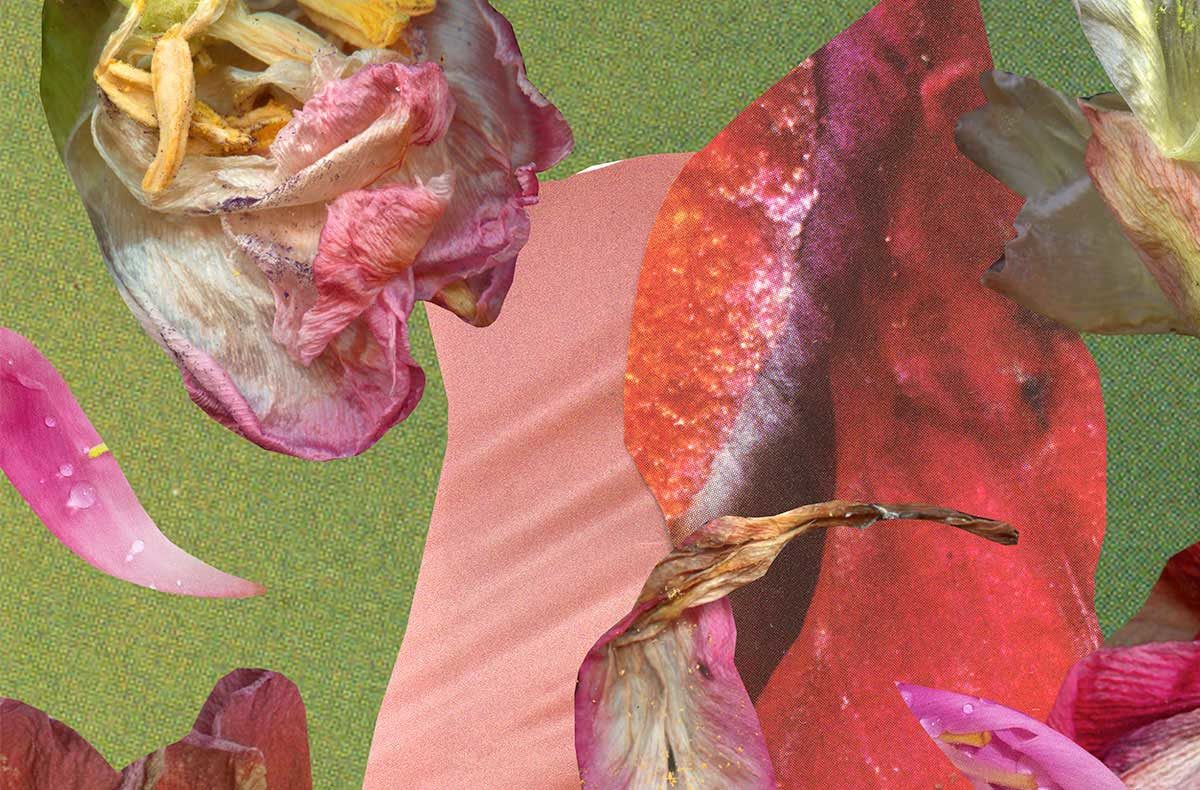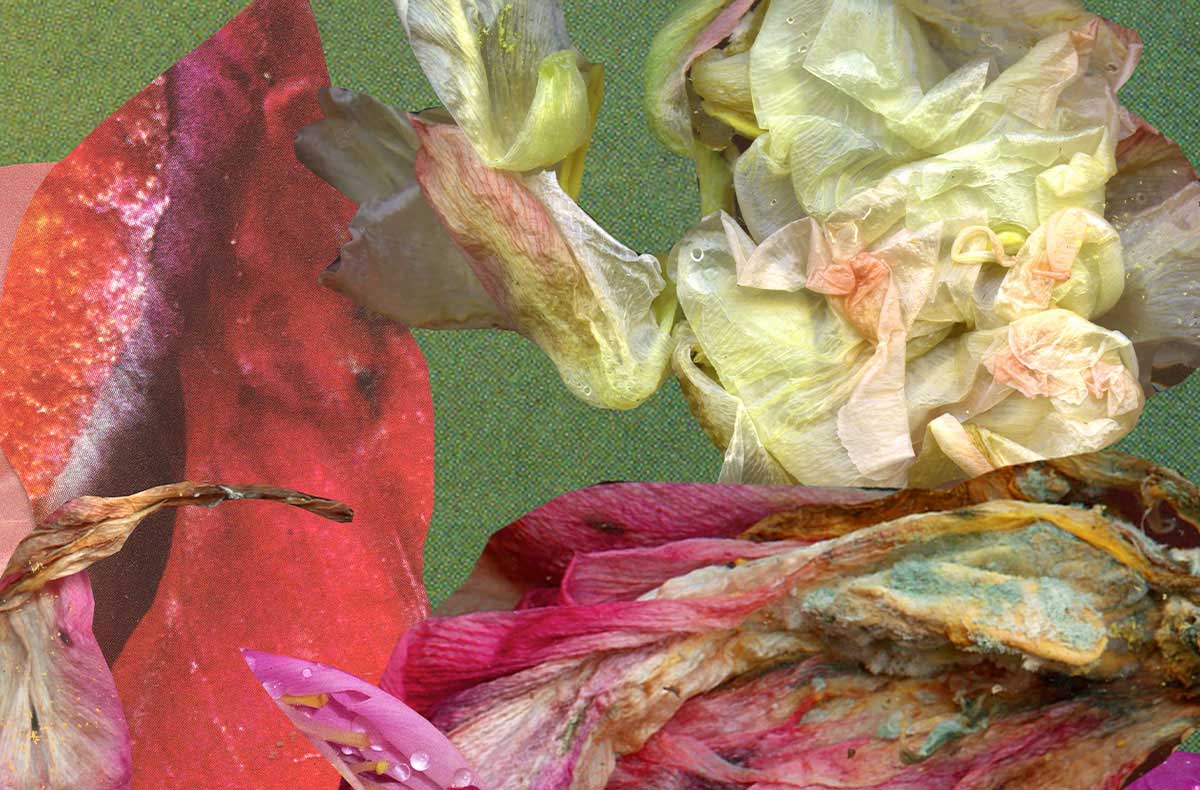By David Maggs, Metcalf Fellow on Arts and Society
In trying to cultivate a vision of a more regenerative cultural nonprofit sector, I’ve been playing around with ecological metaphors. In Art and the World After This I explored the idea of rewilding the arts, borrowing an approach from environmental conservation that aims to “restore self-sustaining and complex ecosystems, with interlinked ecological processes that promote and support one another while minimizing or gradually reducing human interventions.”1 In other words, more self-sustaining system, less zoo.
Picking on the division between operating and project funding in my last dispatch was an attempt to understand how this resourcing strategy impacts the cultural nonprofit sector as a whole. My instinct is that operating or “core” funding — in its present form — inhibits systems dynamics, but I may be wrong. In conversation with Claire Hopkinson, she suggested those big, core-funded creatures can play an essential “systems” role. “Use the stability of the mature organizations to host the energy of emerging creative forces,” she advised, “marry the resources of an organization that has spent 50 years wooing donors and keeping audiences engaged with the energy of those who’ve been working in different ways.”
Her idea evokes an important distinction in ecology between apex species and keystone species. Author and former Parks Canada ecosystem scientist Michael Burzynski explains the difference: “Apex species are species that have no predators. Keystone species are species that define, and in some cases create and maintain, an ecosystem, species like beaver, building whole wetlands. Just by their activities they modify ecosystems by flooding them, bringing birds, fish and other species into the system.”2
As the name would suggest, when a system loses its keystone, it falls out of kilter and loses resilience. In the famous example from Yellowstone National Park, wolves had been eradicated from the region over a century ago, and park scientists spent decades trying in vain to keep the park’s ecosystems from degrading. Then, for unrelated reasons, they reintroduced wolves to the park and watched in amazement as the wolves triggered an astonishing cascade of regenerative benefits for the entire system.
How tempting, then, to take this natural metaphor of keystone species and find their cultural equivalents? What’s the keystone species in Toronto’s classical music ecosystem? Is it the Royal Conservatory? The Toronto Symphony Orchestra? The Kiwanis Music Festival? Or is it the distributed network of independent piano teachers tucked into neighborhood studios all across the GTA? When they reintroduced wolves into Yellowstone, those sophisticated ecosystem scientists who’d been studying that system for a century did not know that wolves were the keystone species. Only after the wolves returned and the system flourished did this become apparent.
What’s exciting about using this metaphor in cultural contexts is that we needn’t get stuck trying to figure out what the keystone species currently is. We can notice that keystone behaviours have regenerative, systemic effects, and cultivate more of this identity within our own operations. What we do need to figure out, however, is what good keystone behaviours look like from one cultural system to the next, and how to resource them effectively. Happily, many organizations and arts leaders are well out in front of the metaphor here, and have been experimenting with promising practices for many years. Next post I will explore a particularly inspiring example with Toronto theatremaker Ravi Jain.







